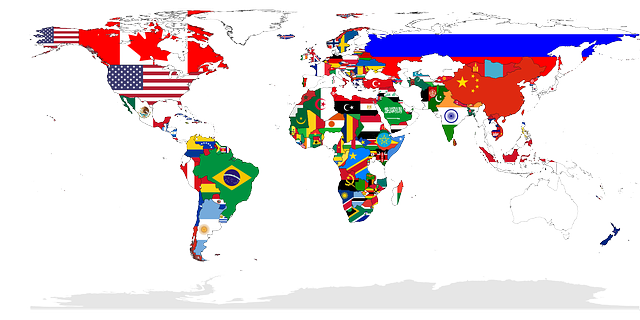Student demonstrations in Bangladesh that began last month demanding an overhaul of how government jobs are distributed have morphed into a direct challenge of the country’s leader, with tens of thousands taking to the streets and the authorities taking an increasingly harsh response.
On Sunday, nearly 100 people were killed in clashes between security forces and protesters, in what appears to be the deadliest day since the protests began in July.
The demonstrations were initially peaceful. But Prime Minister Sheikh Hasina, Bangladesh’s increasingly authoritarian leader, deployed the police and paramilitary forces against the students late last month, a crackdown that set off broader public anger against her. The protests became increasingly violent as more students as well as other citizens joined, clashing with pro-government supporters and the authorities.
More than 200 people were killed in the crackdown last month by security forces. After a curfew and communication blackout eased, the revival of the protests over the weekend, in addition to a call by Ms. Hasina’s party for its own supporters to take to the streets, has plunged Bangladesh into a particularly dangerous phase.
Protesters have called for a mass march on Monday on the residence of Ms. Hasina, whose resignation they are demanding.
Here’s what to know about the protests.
How did the protests start?
Students at the University of Dhaka, the country’s top institution, started the demonstrations on July 1, and they later spread to other elite universities, and then to the general public. The protests turned violent when some members of student wing of the governing party, the Awami League, began attacking the protesters.
Thank you for your patience while we verify access. If you are in Reader mode please exit and log into your Times account, or subscribe for all of The Times.
Thank you for your patience while we verify access.
Already a subscriber? Log in.
Want all of The Times? Subscribe.

